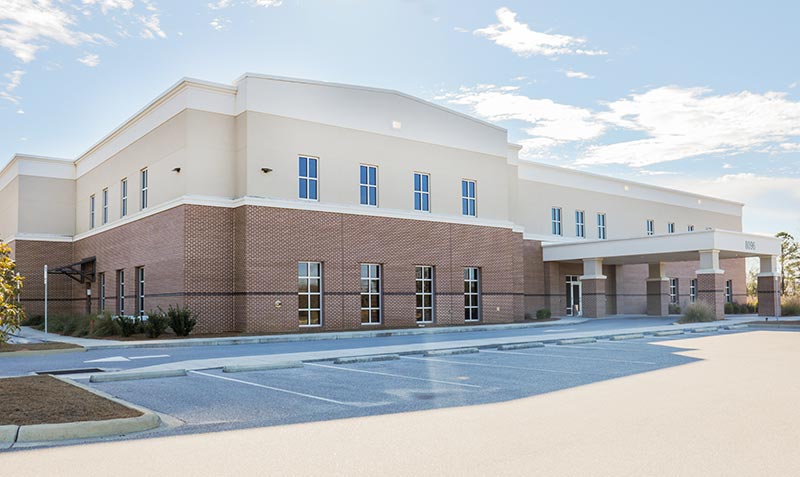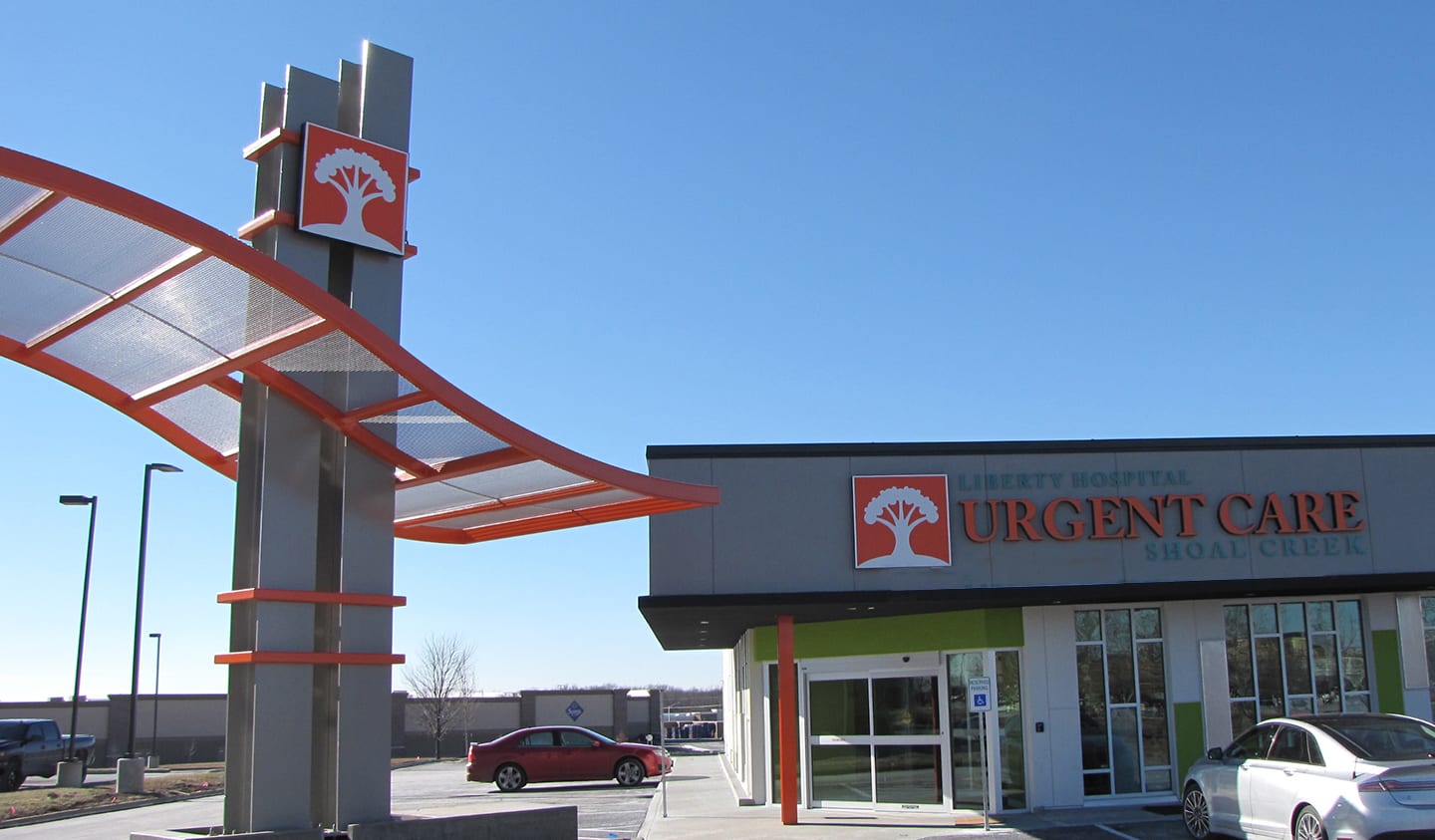Professional Recommendations on Navigating Clinic Options for Urgent Care
Professional Recommendations on Navigating Clinic Options for Urgent Care
Blog Article
Understanding the Role of Urgent Care in Providing Timely Treatment for Non-Life-Threatening Problems
Immediate treatment centers have actually emerged as an important part of the healthcare landscape, resolving the instant demands of clients with non-life-threatening problems. Understanding the subtleties of immediate care can considerably influence client end results and the overall effectiveness of medical care delivery.
What Is Urgent Treatment?
Immediate care refers to a group of medical services made to address non-life-threatening conditions that call for immediate attention. These centers offer as an intermediary between main treatment medical professionals and emergency clinic, supplying a convenient option for individuals that require prompt care without the substantial waiting times commonly related to emergency departments.
Immediate treatment facilities are commonly staffed by physician, including doctors, registered nurse professionals, and medical professional aides, that are educated to detect and treat a wide range of conditions. Typical services offered by these centers include treatment for minor injuries, health problems, and infections, along with analysis examinations such as X-rays and research laboratory job.
Furthermore, immediate care facilities often approve walk-in people, getting rid of the demand for visits. Overall, urgent treatment plays a vital function in the medical care system, guaranteeing people can access important clinical solutions promptly and effectively.

Lots of individuals might discover themselves uncertain concerning when to seek care at an immediate care facility rather of a health care medical professional or an emergency clinic. Immediate treatment is created to address non-life-threatening conditions that call for timely attention however are not severe sufficient to warrant an emergency situation space check out.
Generally, one must consider urgent treatment for concerns such as minor cracks, strains, cuts requiring stitches, or infections like urinary system infections. Additionally, chilly or flu signs, breakouts, and allergies can likewise be suitably handled in this setup.
It is very important to note that immediate treatment is not suitable for lethal emergency situations, such as breast discomfort, trouble breathing, or severe bleeding, which require prompt emergency situation area treatment.
Individuals who lack accessibility to a key care doctor or can not protect a prompt consultation might additionally gain from urgent care solutions. Inevitably, recognizing when to utilize urgent treatment can lead to more effective medical care delivery, allowing clients to receive the ideal degree of treatment based on their particular health requirements.
Benefits of Urgent Care Centers
Selecting urgent care centers for non-life-threatening problems supplies numerous benefits that improve individual experience and access. One key benefit is the minimized wait times compared to conventional emergency rooms. Immediate treatment centers commonly operate a first-come, first-served basis, enabling clients to receive timely medical interest without the lengthy delays commonly connected with healthcare facility settings.
Furthermore, urgent care facilities supply prolonged hours, including weekends and nights, fitting clients with differing routines. This versatility makes certain that individuals can seek care when it is most hassle-free for them, further promoting timely treatment.

Furthermore, these facilities often supply a thorough variety of services, including small procedures and analysis examinations, all under one roofing. This combination of services not just enhances the client experience but additionally promotes a more natural technique to handling non-life-threatening health concerns, eventually benefiting overall patient end results.
Typical Conditions Treated
At immediate treatment centers, a range of non-life-threatening problems can be successfully treated, supplying patients with prompt and accessible clinical assistance. These centers are specifically proficient at resolving issues that need punctual attention however do not posture a prompt threat to life or limb.
Typical conditions treated at urgent care centers consist of small injuries such as strains, fractures, and stress. Immediate treatment facilities are geared up to carry out required diagnostic examinations, such as X-rays and research laboratory examinations, allowing them to offer extensive care.
Additionally, urgent treatment service providers can administer inoculations, aiding to avoid the spread of transmittable illness - Urgent Care. They also supply solutions for minor procedures, such as suturing injuries or draining pipes abscesses. By using these diverse solutions, immediate care facilities play an essential function in bridging the void between health care and emergency services, making certain individuals receive prompt treatment for a vast variety of conditions without the demand for lengthy delay times usually connected with emergency situation spaces
How Urgent Care Sustains Health Care System
Immediate care facilities play a vital role in sustaining the overall health care system by alleviating the problem on emergency divisions and providing timely accessibility to healthcare for non-life-threatening problems. By dealing with instances such as minor injuries, infections, and health problems, immediate care centers allow emergency situation divisions to concentrate on even more critical people needing prompt interest.
Moreover, urgent treatment facilities enhance health care accessibility, providing extensive hours and an easier option to traditional health care setups. This access is particularly useful for people that may not have a regular doctor or who need prompt therapy beyond typical office hours. Therefore, urgent care centers successfully minimize wait times and boost patient complete satisfaction.
Furthermore, immediate treatment facilities contribute to cost savings for both individuals and the health care system by supplying lower-cost solutions compared to emergency departments. This financial efficiency is important in an era of rising healthcare costs, permitting people to obtain essential treatment without incurring outrageous costs.
Final Thought
In final thought, urgent care facilities play a crucial function in the health care system by delivering prompt therapy for non-life-threatening problems. By connecting the gap in between have a peek at this website key care and emergency rooms, these centers make sure that clients receive prompt clinical attention without the lengthy delay times generally linked with emergency divisions. The availability and efficiency of immediate care centers add substantially to reducing the overall problem on health care sources, improving patient end results, and promoting an extra efficient healthcare shipment system.
Urgent treatment centers have actually emerged as a crucial component of the medical care landscape, attending to the immediate requirements of patients with non-life-threatening problems. Urgent treatment gos to typically incur reduced out-of-pocket costs contrasted to emergency division visits, making treatment more inexpensive for people without compromising high quality. Immediate care facilities are outfitted to carry out essential diagnostic tests, such as X-rays and research laboratory tests, enabling them to supply comprehensive care.
By using these varied services, urgent treatment facilities play a vital function in linking the void between main treatment and emergency situation solutions, guaranteeing individuals obtain prompt treatment for a broad variety of problems without the need for long wait times normally associated with emergency spaces.
In addition, urgent care centers enhance healthcare this post availability, using extensive hours and an extra hassle-free alternative to traditional primary care settings.
Report this page